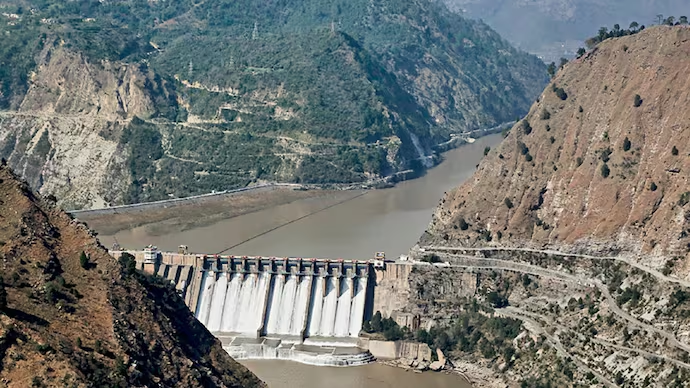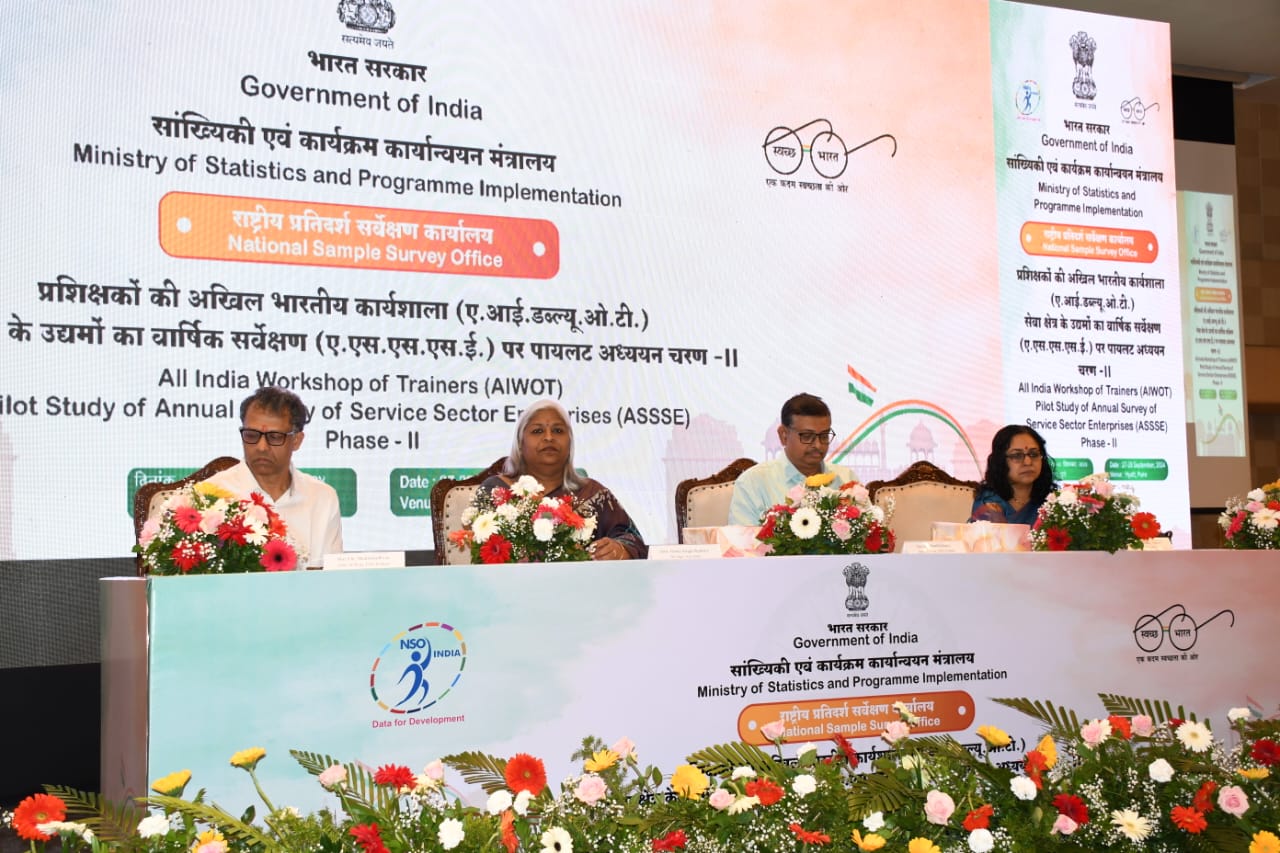- Courses
- GS Full Course 1 Year
- GS Full Course 2 Year
- GS Full Course 3 Year
- GS Full Course Till Selection
- CSAT
- 5 LAYERED ARJUNA Mentorship
- Public Administration Optional
- Online Program
- GS Recorded Course
- NCERT (Recorded 500+ Hours)
- Polity Recorded Course
- Geography Recorded Course
- Economy Recorded Course
- AMAC Recorded Course
- Modern India, Post Independence & World History
- Environment Recoded Course
- Governance Recoded Course
- Science & Tech. Recoded Course
- International Relations and Internal Security Recorded Course
- Disaster Management Module Course
- Ethics Recoded Course
- Essay Recoded Course
- Current Affairs Recoded Course
- ABOUT US
- OUR TOPPERS
- TEST SERIES
- FREE STUDY MATERIAL
- VIDEOS
- CONTACT US
World’s Largest Hydropower Dam on Brahmaputra
World’s Largest Hydropower Dam on Brahmaputra

- Recently, China approved the construction of the world’s largest hydropower project on the Yarlung Tsangpo River in Tibet.
- This project, with a capacity of 60,000 MW, will be three times more powerful than the Three Gorges Dam on the Yangtze River in China, currently the largest hydroelectric project globally.
- The Yarlung Tsangpo is known as the Siang in Arunachal Pradesh, India, and as the Brahmaputra in Assam. The river flows through Bangladesh before entering the Bay of Bengal.
- The construction of such a large-scale project has raised serious concerns regarding its potential impact on millions of people, their livelihoods, and the fragile ecology of the region.
The Yarlung Tsangpo Project
- The project is proposed to be constructed at the “Great Bend” of the Yarlung Tsangpo River (the Tibetan name for the Brahmaputra) in Medog County before it enters Arunachal Pradesh.
- The river passes through a massive gorge in the Himalayas, making a U-turn before flowing into Arunachal Pradesh (India).
- The dam’s location and plans are mentioned in China’s 14th Five-Year Plan (2021-2025).
- The project will involve mega-dams, potentially disrupting the water flow to downstream regions, especially to India.
- China's main motivation behind this project is to reduce dependence on conventional energy sources and achieve net carbon neutrality by 2060.
Concerns for India: Water Flow and Ecological Impact
Impact on Water Flow and Agriculture
- The Yarlung Tsangpo project could directly affect the flow of water from China into India, especially because India is a lower riparian state that relies on the Brahmaputra for agriculture, drinking water, and hydropower generation.
- India raised concerns that large-scale dams in upstream areas could disrupt the flow of silt crucial for agriculture and adversely affect local biodiversity.
- Additionally, since this region is seismically active and prone to earthquakes, any disturbance caused by such a massive dam could lead to unforeseen disasters, as seen in past incidents like the Parechu Lake burst in 2005.
Ecological Fragility and Risks
- The region where the dam is planned is ecologically sensitive and earthquake-prone.
- For example, China’s Three Gorges Dam caused significant geological changes and raised concerns about induced earthquakes due to the immense volume of water stored.
- India must monitor such developments closely, as even if China has no malintent, the risks are still high.
Current India-China Cooperation on Transboundary Rivers
- India and China have some limited cooperation mechanisms on transboundary rivers, primarily through the Memorandum of Understanding (MoU) signed in 2013 for general cooperation on transboundary rivers.
- Specific MoUs have been signed for the Brahmaputra and Sutlej rivers, though the Brahmaputra MoU expired in 2023 and is in the process of renewal.
- The Sutlej MoU was created after the Parechu Lake incident in 2004, but the Chinese side has not agreed to year-round data sharing, and the MoU is pending renewal.
- Despite these agreements, the cooperation on data sharing has seen interruptions, especially during times of heightened political tensions such as the 2017 Doklam standoff and the 2020 Ladakh conflict.
- International Legal Framework:
- Although India and China are not signatories to the 1997 United Nations Convention on the Law of the Non-Navigational Uses of International Watercourses, the key principles of this convention, including equitable and reasonable utilization of waters, still apply.
- The upper riparian country (China) is expected to ensure that its actions do not cause significant harm to the lower riparian country (India).
The proposed Yarlung Tsangpo hydropower project is not just an environmental issue but a geopolitical and strategic one. Given the potential for serious downstream impacts, India must act decisively and forcefully raise its concerns to ensure that the interests of lower riparian states are safeguarded.
India’s diplomatic efforts should focus on ensuring transparency and cooperation in China’s water-related projects and seek mutually beneficial agreements to prevent negative impacts on regional stability and relations. The ongoing developments in the Brahmaputra basin could define the future of India-China relations and water diplomacy in the region.
|
Compressed Air Energy Storage (CAES) System In January 2025, the world’s largest CAES facility became fully operational in Yingcheng City, China.
What is Compressed Air Energy Storage (CAES)? CAES is a technology that stores energy by compressing air into sealed underground caverns or mines during low energy demand periods. This compressed air is later released to generate electricity during peak demand, balancing the energy grid. Significance: This facility represents a significant advancement in energy storage, providing a solution to balance renewable energy with grid demand. CAES systems mitigate intermittency and support renewable energy integration. Challenges:
|
|
Also Read |
|
| FREE NIOS Books | |




